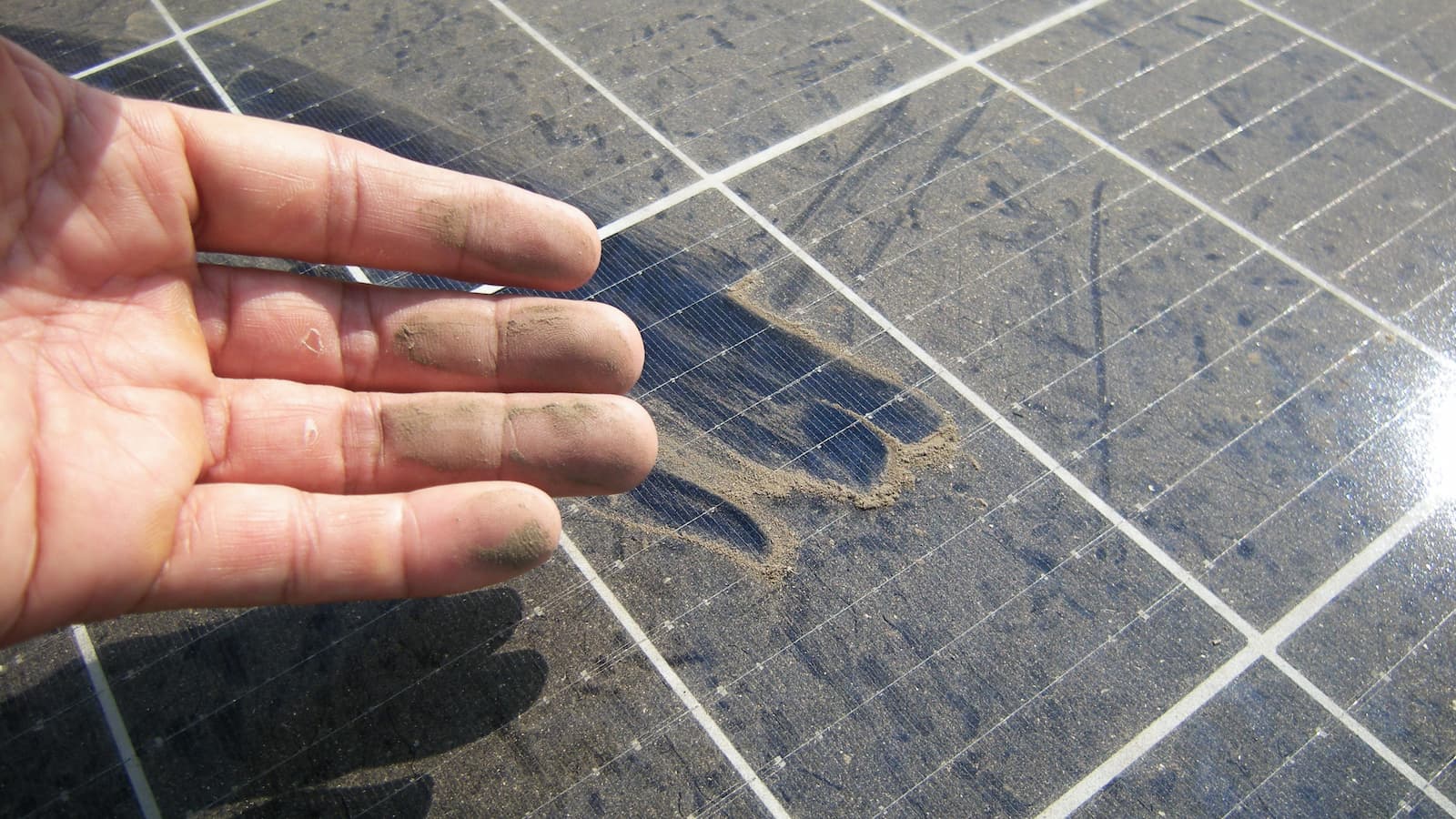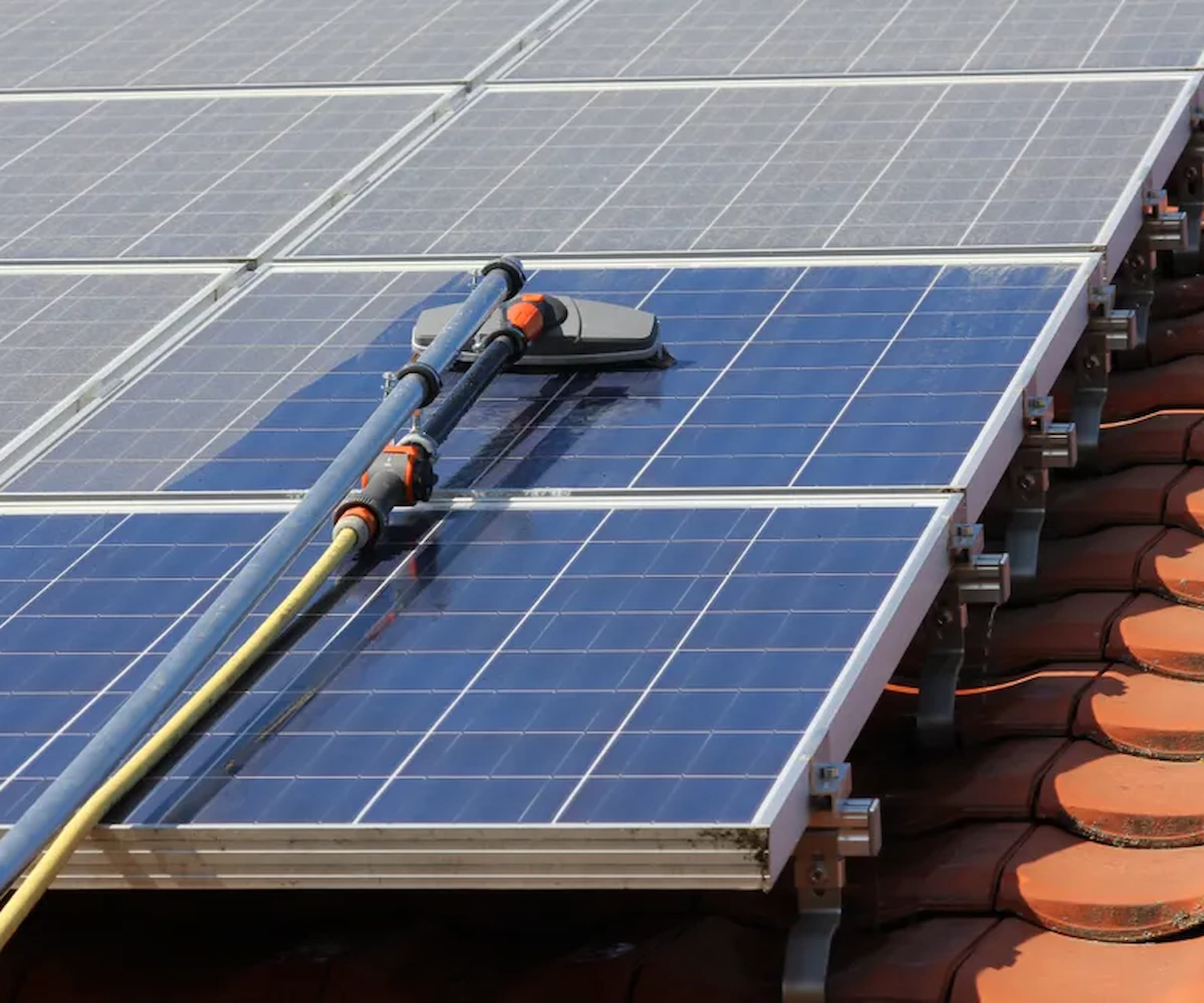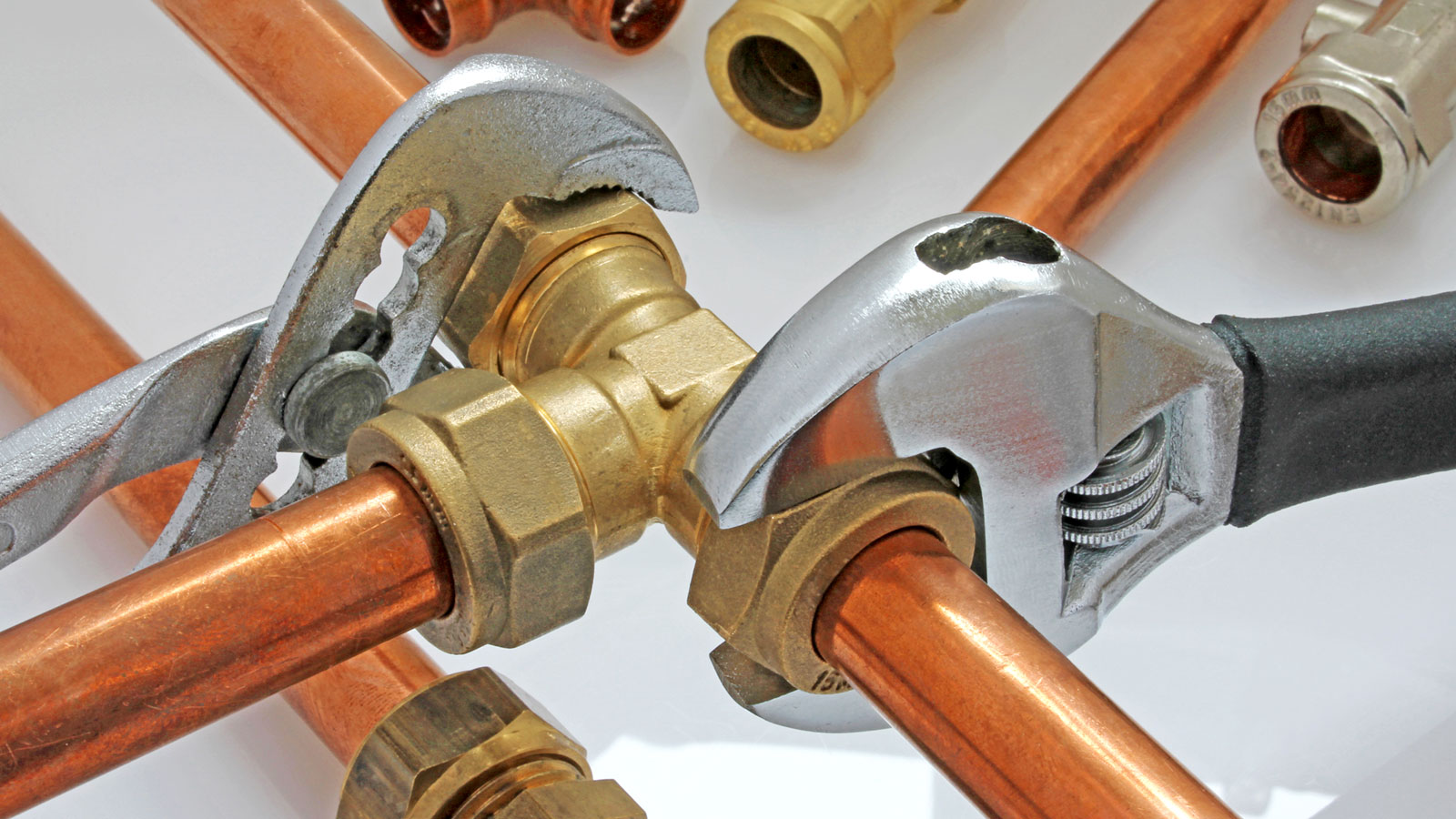Solar panel owners can relax — a Saharan dust plume is NOT about to strike the UK
Several media outlets claimed a Saharan dust plume was heading for the UK

News reports warning of a Saharan dust cloud striking the UK this week are totally false, according to weather experts.
Both national and local newspapers claimed a plume of sand and dust would hit Britain, potentially wrecking havoc for those with solar panels as well as potentially causing damage to cars and health problems.
"Saharan plume set to sweep Britain and temperatures expected to spike," claimed the Manchester Evening News on May 14th, while the Daily Express said: "Maps turn red as Saharan plume heads for Britain as temperatures rocket again." on May 13th.
It turns out – after Homebuilding & Renovating spoke to the Met Office – both reports are wrong and there is no Saharan dust plume heading towards the UK at all. But, it did raise an interesting question over what impact dust plumes can have on solar panels. Here we take a look at this as well as looking at what Saharan dust plumes are and why the media might have got it wrong this time.
Why did the media reports get it so wrong?
When Homebuilding & Renovating spoke to the Met Office, it quickly confirmed: "There is nothing unusual and no Saharan plume signalled by us at present."
However, they did elaborate that there was a plume in parts of mainland Europe briefly, which is perhaps why some media outlets got a little overexcited about the possibility of it coming to the UK too.
"There was a little bit in southern Spain and Portugal yesterday, but that's heading towards Italy for this weekend and we are not expecting a significant amount of dust across the UK at all," The Met Office explained.
Bring your dream home to life with expert advice, how to guides and design inspiration. Sign up for our newsletter and get two free tickets to a Homebuilding & Renovating Show near you.
Why is a Saharan dust plume such big news?
Saharan dust plumes are a blend of sand and dust from the Sahara Desert in North Africa that reaches the UK by strong winds. Lifted into the atmosphere, the dust can travel worldwide, covering thousands of miles before descending to the ground with rainfall.
Dust from Saharan plumes, which is typically orange, can settle on cars, outdoor boilers, windows and solar panels. For those with asthma and other breathing problems, dust plumes can also be an increased health risk, especially when the dust is particularly dense.
The Met Office told the BBC when the last dust plume hit the UK in September last year: "The dust can affect air quality and pollution levels, so people with conditions such as asthma should be extra careful."
While the phenomenon might seem to be a rare thing, it actually does occur multiple times a year in the UK and is prevalent when significant dust storms in the Sahara align with southerly wind patterns.
How does Saharan dust affect solar panels?
While permanent damage is unlikely, Saharan dust plumes can reduce the output of solar panels by reducing the amount of sunlight and heat received. This is due to the dust particles settling on top of them, which can affect the irradiance levels (the amount of sunlight radiant received per unit area) as they can absorb and reflect sunlight.
This reduction in efficiency lasts even after the dust plumes have moved on as they settle and remain on solar panels until they are cleaned. And of course, this can be difficult to wash off as solar panels are typically placed in not-so-easy-to-reach places like roofs.

How can I measure my solar panels performance?
Despite there being no predicted Saharan dust plumes it may still be wise to check your solar panels are operating at their optimum levels.
You can measure the efficiency of your solar panels by calculating the ratio of the actual output of electricity to the theoretical maximum output.
There are a number of ways you can do this, including:
- Check manufacturer specifications: Start by reviewing the manufacturer's specifications for your solar panels. They often provide information on the expected efficiency of the panels under ideal conditions.
- Monitor energy production: Keep track of the energy production of your solar panels over time. Many systems come with monitoring tools or apps that allow you to see real-time or historical data on energy generation.
- Compare to ideal conditions: Compare the actual energy production of your solar panels to the expected output under ideal conditions as provided by the manufacturer. The closer your panels perform to the manufacturer's specifications, the more efficient they are.
- Consider environmental factors: Take into account environmental factors that can affect solar panel efficiency, such as shading, dirt buildup, and weather conditions.
- Consult a professional: If you're unsure about measuring the efficiency of your solar panels or interpreting the data, consider consulting a professional solar installer or technician. They can provide expert advice and assistance in assessing the performance of your system.
Washing the dust off solar panels next time a Saharan dust plume really does hit the UK
Given how tricky solar panels can be to access, it might raise questions about cleaning them the next time a dust cloud hits the UK, or if you need to carry out solar panel pigeon proofing due to panels becoming dirty due to birds pooing on them and making nests.
It's worth taking a look at our indepth guide on how to clean solar panels which looks at everything from whether it can affect your warranty, to how often you should clean them to how to do it.

News Editor Joseph has previously written for Today’s Media and Chambers & Partners, focusing on news for conveyancers and industry professionals. Joseph has just started his own self build project, building his own home on his family’s farm with planning permission for a timber frame, three-bedroom house in a one-acre field. The foundation work has already begun and he hopes to have the home built in the next year. Prior to this he renovated his family's home as well as doing several DIY projects, including installing a shower, building sheds, and livestock fences and shelters for the farm’s animals. Outside of homebuilding, Joseph loves rugby and has written for Rugby World, the world’s largest rugby magazine.
